Harvard Forest exhibits offer information on history through dioramas
| Published: 03-03-2024 12:01 PM |
At Harvard Forest in Petersham, visitors can learn about the forest and its history through dioramas dating back to the 1930s.
The dioramas and the museum that was built for them was the idea of Richard T. Fisher, who was named director and primary professor when Harvard decided to create a forestry school in Petersham.
“He thought it would be good to have a learning tool [that] will allow people to understand what it took his students years to understand — when looking to the forest now, they will see clues [that] will tell them about past changes in the land,” said Clarisse Hart, director of outreach and education for Harvard Forest and director of the Fisher Museum.
Fisher, unfortunately, did not see his dream come to fruition due to his untimely death in 1934, Hart explained. The museum is named as a tribute to him.
“Fisher looked all over the world to find someone who could make really intricate dioramas,” Hart said. “He happened to find the world leaders in dioramas at Harvard Square in Guernsey and Pitman Studios.
“The dioramas took 10 years to build with seven people working full-time,” Hart continued. “The reason it took so long is that each tree and branch was created with one wire, then they would continue to coil [the wire] over one branch to get a thickness. It was built the way trees grow, thicker and thicker. … They spent a year doing the first test diorama and then Fisher said, ‘No, you have to start again because the trees were not identifiable by species, just by their shape.’”
The dioramas cost about $6,000 to make. The museum has digitized footage of the dioramas being built. That footage can be viewed on the Harvard Forest YouTube channel. There was also a 1937 short film about the making of the dioramas titled “The Forest,” made by British Pathé, which can be viewed at youtube.com/watch?v=o7eoOWFL9U4.
The first seven dioramas are a historical series with the same composite landscape, changing from 1700 to the 1930s and showing how landscapes changed, Hart explained.
Article continues after...
Yesterday's Most Read Articles
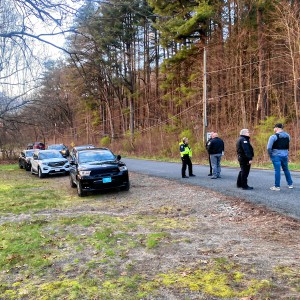 Police report details grisly crime scene in Greenfield
Police report details grisly crime scene in Greenfield
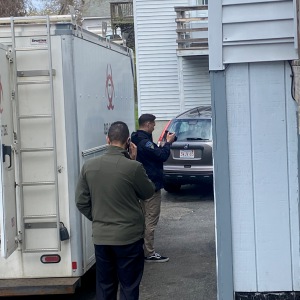 Authorities ID victim in Greenfield slaying
Authorities ID victim in Greenfield slaying
 State records show Northfield EMS chief’s paramedic license suspended over failure to transport infant
State records show Northfield EMS chief’s paramedic license suspended over failure to transport infant
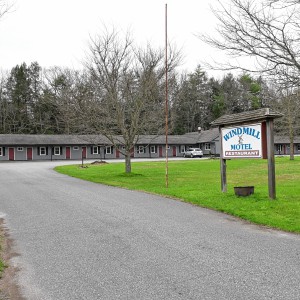 New buyer of Bernardston’s Windmill Motel looks to resell it, attorney says
New buyer of Bernardston’s Windmill Motel looks to resell it, attorney says
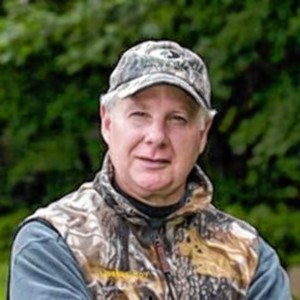 On The Ridge with Joe Judd: What time should you turkey hunt?
On The Ridge with Joe Judd: What time should you turkey hunt?
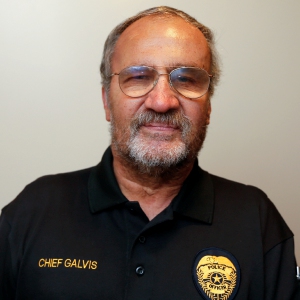 Ethics Commission raps former Leyden police chief, captain for conflict of interest violations
Ethics Commission raps former Leyden police chief, captain for conflict of interest violations
“They show colonists clearing magnificent old trees to make a farm. The farms were abandoned during the Industrial Revolution, so the trees grew back,” Hart said. “Then those trees, white pine, were cut in the early 1900s to make box boards used to create wooden boxes for transporting goods. The trees that grew back after that became the forest we have today on the property. The rest of the dioramas show forestry methods in the early 1900s. ... The idea is to show people today that the forests around us are part of a human story.”
Out of the 23 dioramas on display, only one portrays an actual place, that of Harvard Pond at Harvard Forest.
The dioramas, which were originally called The Harvard Forest Models, were unveiled in 1937 for Harvard’s tercentenary in Cambridge. The event was covered by Time magazine and more than 30,000 people came to see them. The dioramas are self-maintained and sealed in airtight glass, as they are infused with arsenic.
“That’s how they maintained and protected things back then,” Hart said.
Even with these 1930s dioramas, directors of the museum realized there was still a missing story — that of the Nipmuc people who lived on the land before the 1700s and still live in the area today, said Hart.
Hart explained that the museum wanted to tell the story of the Nipmuc people, who were stewards of the land before the colonists ever came. The museum contacted the Hassanamisco Nipmuc tribe in Grafton, which connected them with tribe member, artist and community activist Nia Holley from Orange to assist in telling this story of the Nipmuc people.
The result was a panoramic, photographic 20-by10-foot mural of the East Branch of the Swift River off Route 122 in Petersham. Hart said Holley chose that scene as the Nipmuc were also known as the “freshwater people” and she wanted to reflect that. Holden-based photographer Roberto Mighty, who had worked with the Nipmuc tribe before, took photos for the mural.
“It looks like one big picture and was created out of 16 slightly different views of the area,” Hart said.
When Hart asked Holley if she wanted words to go with the mural, Hart said that Holley “didn’t want any words because there were no words that could articulate their relationship with the land. So, this panorama is an invitation to experience the land and to see the Nipmucs in it.”
The Nipmuc Sonksq, or leader of the Nipmuc tribe, Cheryll Toney Holley, mother of Nia Holley, is a fellow in residence at Harvard Forest this year.
“We are working together on grants and co-mentoring students to create a new interpretive trail this spring,” Hart continued. “It is not a historical trail. It will be a series of questions [that] will help visitors examine their own relationship to the land and introduce them to the Nipmuc’s relationship to the land.”
The museum offers scholarship-supported field trips for schools as well as a summer program for educators that focuses on bringing children outside to learn about trees. More information about the Fisher Museum can be found at harvardforest.fas.harvard.edu/fisher-museum.
Carla Charter is a freelance writer from Phillipston. Her writing focuses on the history of the North Quabbin area. Contact her at cjfreelancewriter@earthlink.net.

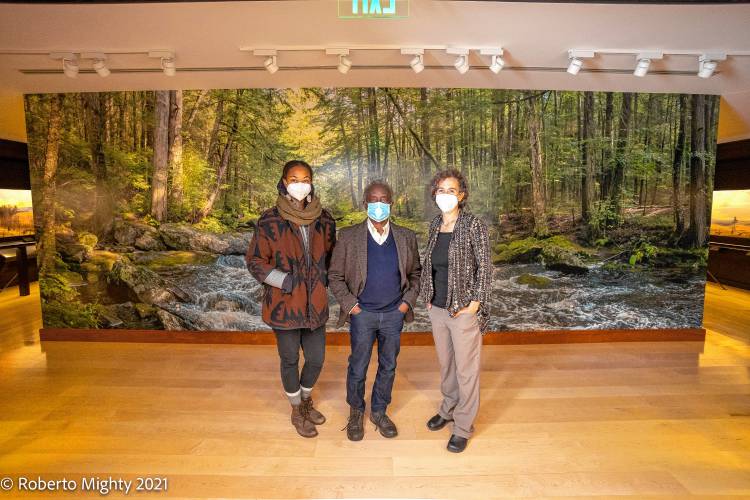
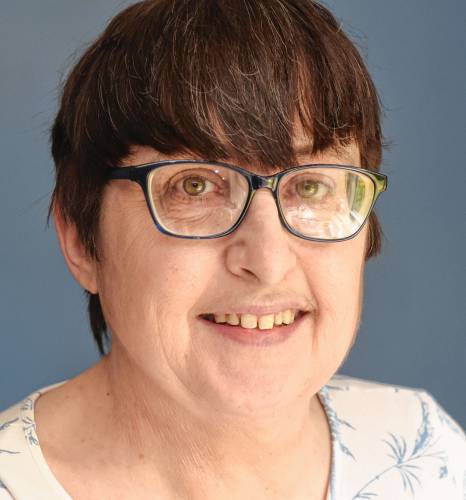
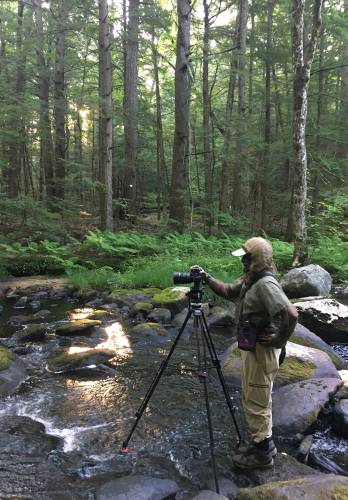
 What are the protocols for emergency transport of infants?
What are the protocols for emergency transport of infants?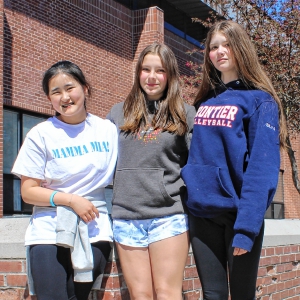 Frontier Regional School students appeal to lower voting age
Frontier Regional School students appeal to lower voting age
